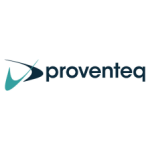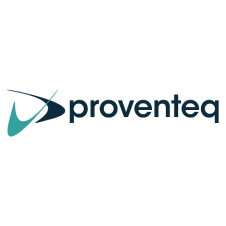What is Microsoft Loop, and why should I use it? Find out more with Proventeq
You may have already heard that Microsoft is developing an application for collaboration for the Microsoft platform that allows you to share workspaces to work with your colleagues. Enter Microsoft Loop, which takes all your apps, and marries the content in them together so that everyone in your team can work synchronously, and in real time.
In Microsoft 365 we can already work together on documents and share OneNotes with each other. But the problem is that some users prefer to keep track of tasks in Outlook, while others may use OneNote or even Teams to share tasks. There’s a cross-germination of applications being used, which leads to sometimes disjointed management of tasks and information. One of the challenges of a project that require collaboration is how quickly it evolves.
To understand how Loop is used, you need to understand the three parts of it:
There are three elements to Loop, which are currently supported in Teams, Outlook, Word for the web, and Whiteboard.
1. Loop Components
2. Loop Pages
3. Loop Workspaces
Loop components – portable pieces of content that stay in sync across all the places they are shared be that in Teams chat, email, meetings, or documents. Collaborate on lists, tables, notes, working with the latest information in your preferred app.
Loop pages – flexible canvases in the Loop app where you can bring together people and all your components, links, tasks, and data. Loop pages give you the space to grow your ideas and can be shared across M365 apps as a link or as an embedded Loop component.
Loop workspaces – shared spaces that allow you and your team to see and group everything important to your project, making it easy for you to catch up on what everyone is working on and track progress toward shared goals.
Microsoft Loop Use Case 1
As part of any project, you may have a brainstorming session, marketing or project planning, meeting notes, an issue tracker, a stand-up meeting, or product development.
Microsoft Loop allows you to create Loop Components that sync across the different Microsoft 365 applications you use, and then helps you organize everything you need for your project into a single workspace and even does the searching for you to kick it off.
Microsoft Loop Use Case 2
When working on a project, you often need to share pieces of information with different groups of people across your organization, some of which may not be within your immediate project team, and therefore do not need or will not have access to everything in the project.
Microsoft Loop components allow you to decompose information, sharing just the right parts with the right people. Turn any content on a Loop page into a component, then simply copy and paste across M365 apps, including Teams chat, Outlook, Whiteboard, and rolling out for Word for the web.
How do I get access to Microsoft Loop?
Whilst The Loop App isn’t enabled by default in Microsoft 365, if you try to open it, you will get the notification that the Loop app is not enabled in your organization. Enabling the Loop App can only be done by your IT administrator.
The big question
Currently, Loop Workspace and Loop Pages are set for release late 2023, which leaves us to wonder, what will happen to OneNote thereafter?
If you’re keen to know a bit more about Microsoft Loop and its place in the co-creation of application development, then read our new blog.



